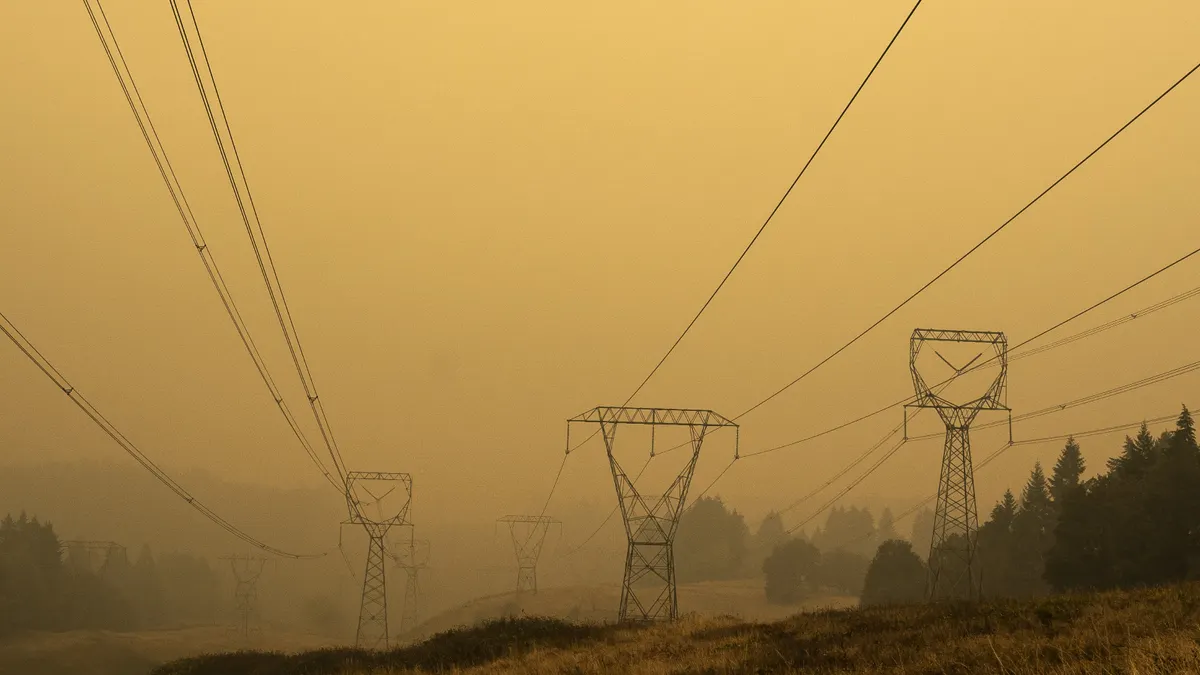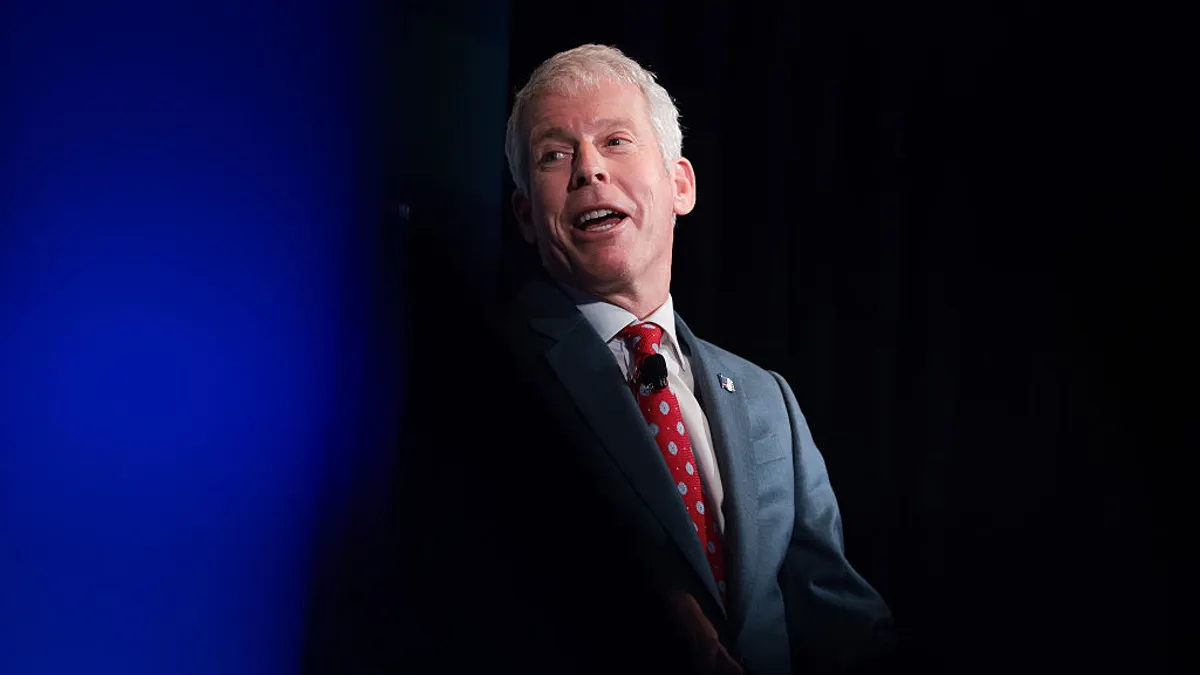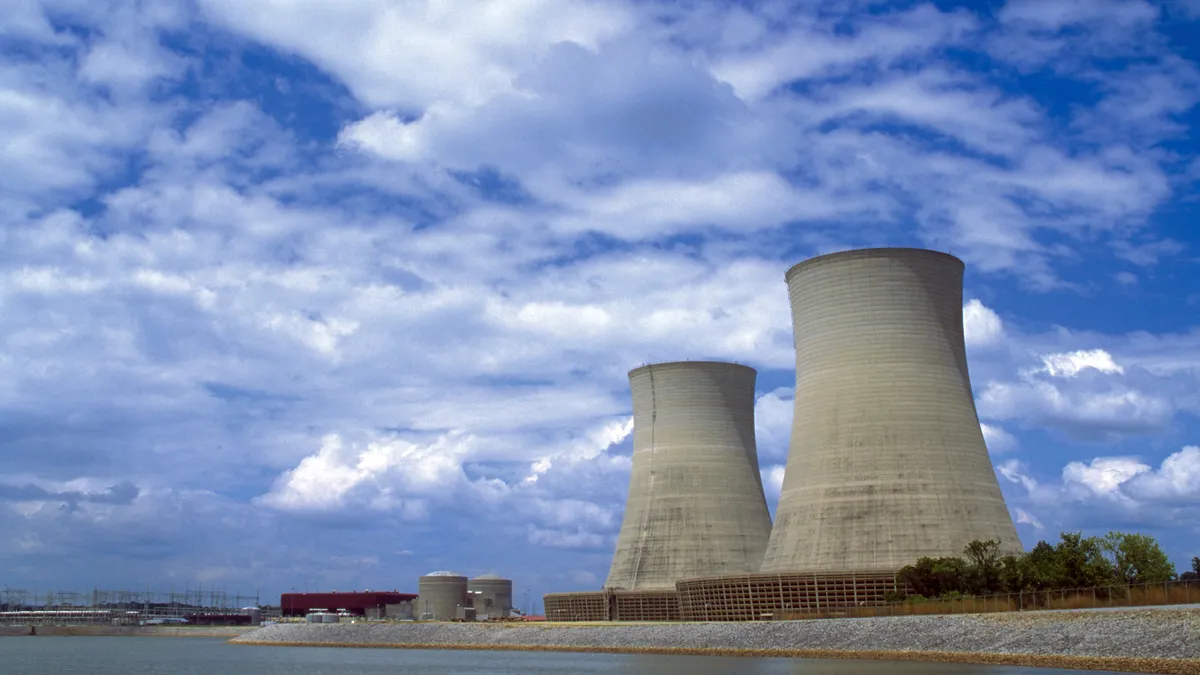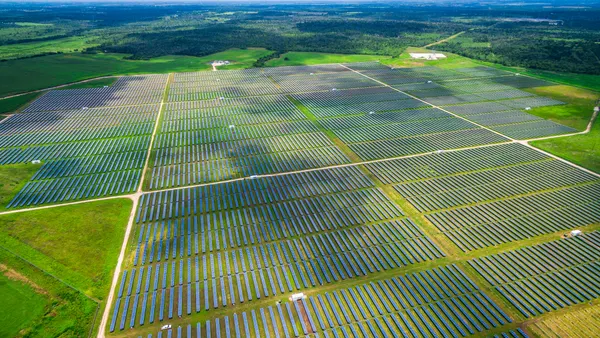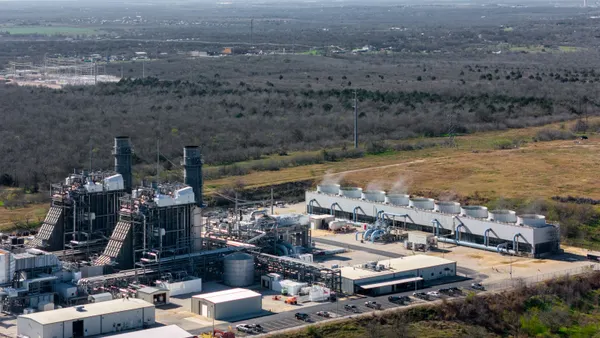Dive Brief:
- Regulators should not rule out adding surcharges to customer bills to pay for settlements and lawsuits related to catastrophic wildfires, The Brattle Group argues in a white paper released Friday.
- Regulated utilities are subject to limits on how much they may spend on wildfire mitigation, which should limit their liability if they remain in compliance with regulators' expectations, Brattle analysts say in the paper.
- But with the cost of some individual fires now reaching tens of billions of dollars, adding those liabilities to electric bills could exacerbate a growing affordability crisis, according to Andrew Dressel, a power industry consultant with Charles River Associates.
Dive Insight:
Insurance claims related to the Eaton and Palisades fires in Southern California now total $20.4 billion, according to numbers released last Wednesday by Los Angeles County. That exceeds the $18 billion the California Legislature just voted to add to the state Wildfire Fund, which reimburses utilities for fire-related claims.
“When [the fund] was established, $21 billion sure seemed like it should cover a lot, and it has. We made it from 2019 to 2025,” Dressel said. But more recent fires, he said, represent “a different order of magnitude.”
That shift necessitates a change in how lawmakers, regulators and courts think about wildfire costs, Brattle argues in a new white paper.
Courts across the country have set a precedent that wildfire-related losses should come out of shareholder earnings rather than electric rates. In the recent Marshall Fire settlement, for example, Xcel Energy agreed to pay $640 million to the fire's victims. The company's insurance policy will cover a little over half the funds, with no funds coming from customers, according to Xcel Energy.
The trouble with this model is that it assumes that utilities have unlimited leeway to mitigate fire risk, according to Robert Mudge, a principal at Brattle. But utilities must seek approval for wildfire mitigation budgets, and they aren't always granted what they want by regulators. Brattle’s paper argues that the cost structure should involve a negotiation between ratepayers and utilities about how much mitigation they are willing to pay for and how much risk they are willing to assume.
Even if utilities could spend freely on fire prevention, they couldn't eliminate risk entirely, according to Frank Graves, also a principal at Brattle.
Dressel agreed that there could be a place for adding wildfire lawsuit costs to customer rates, but he also worried this approach could put wildfire costs on a collision course with the electric industry's broader affordability challenge.
A better solution, he argued, might be increased investment in hardening communities against wildfire through a combination of stricter building and zoning rules, tax incentives and/or incentive programs that mirror existing energy efficiency programs.
“At some point, I think the utilities are tapped out, and we have a rate crisis,” Dressel said. “There's not some new source of funding that is untapped. These are long-term issues in an environment that is becoming increasingly unfavorable to dealing with them.”


